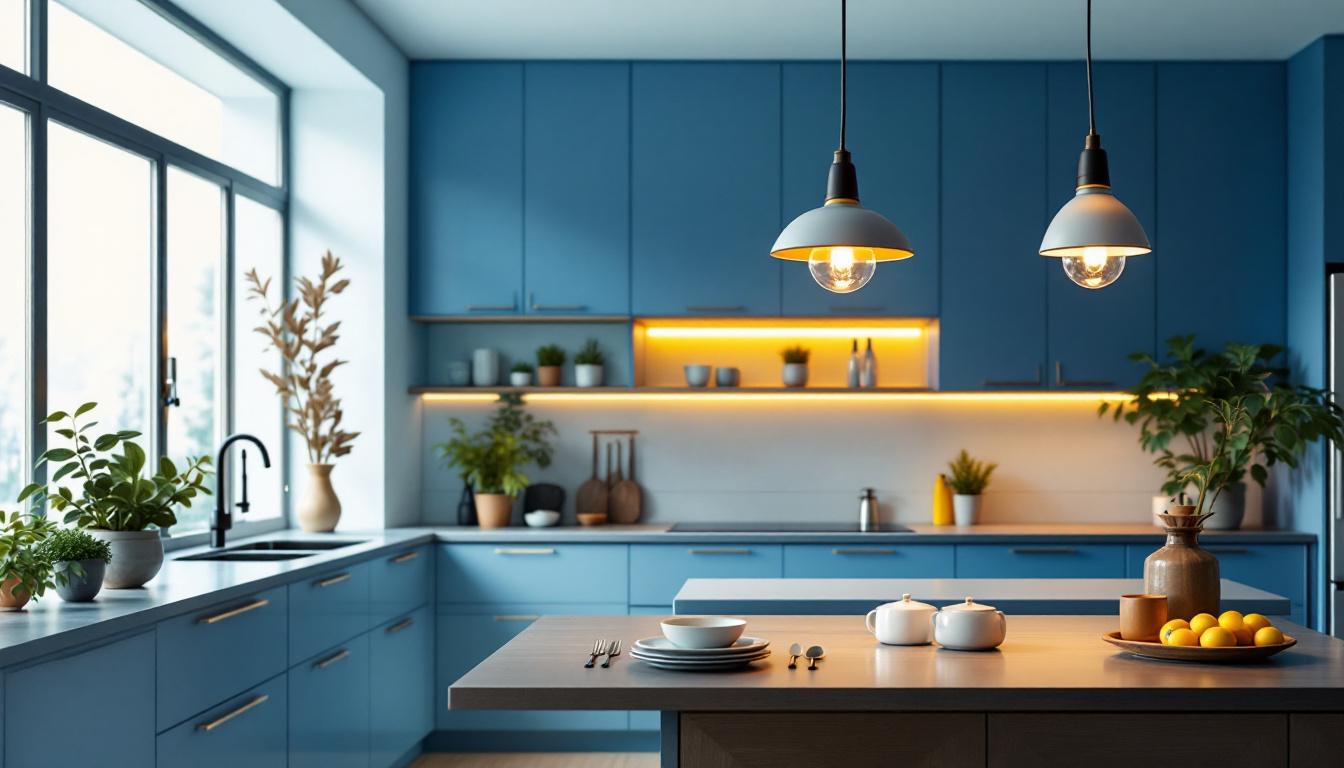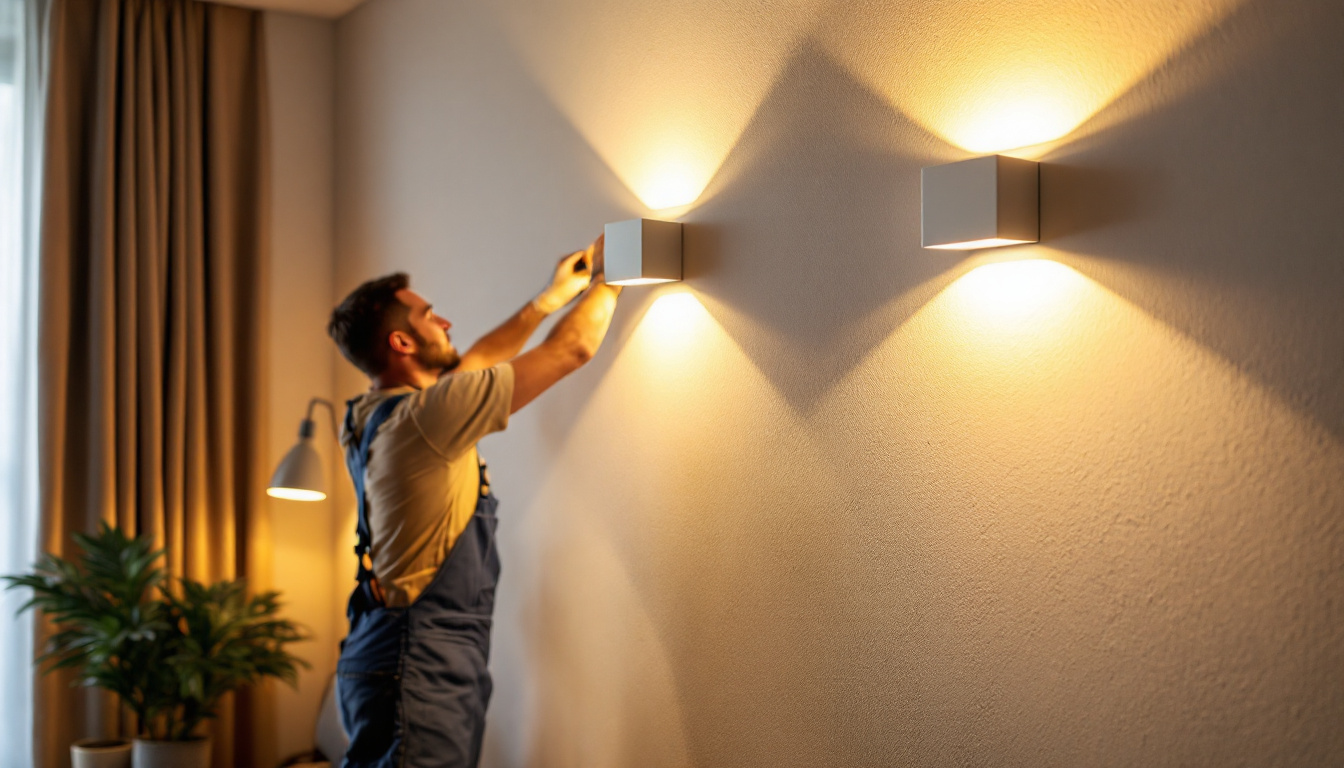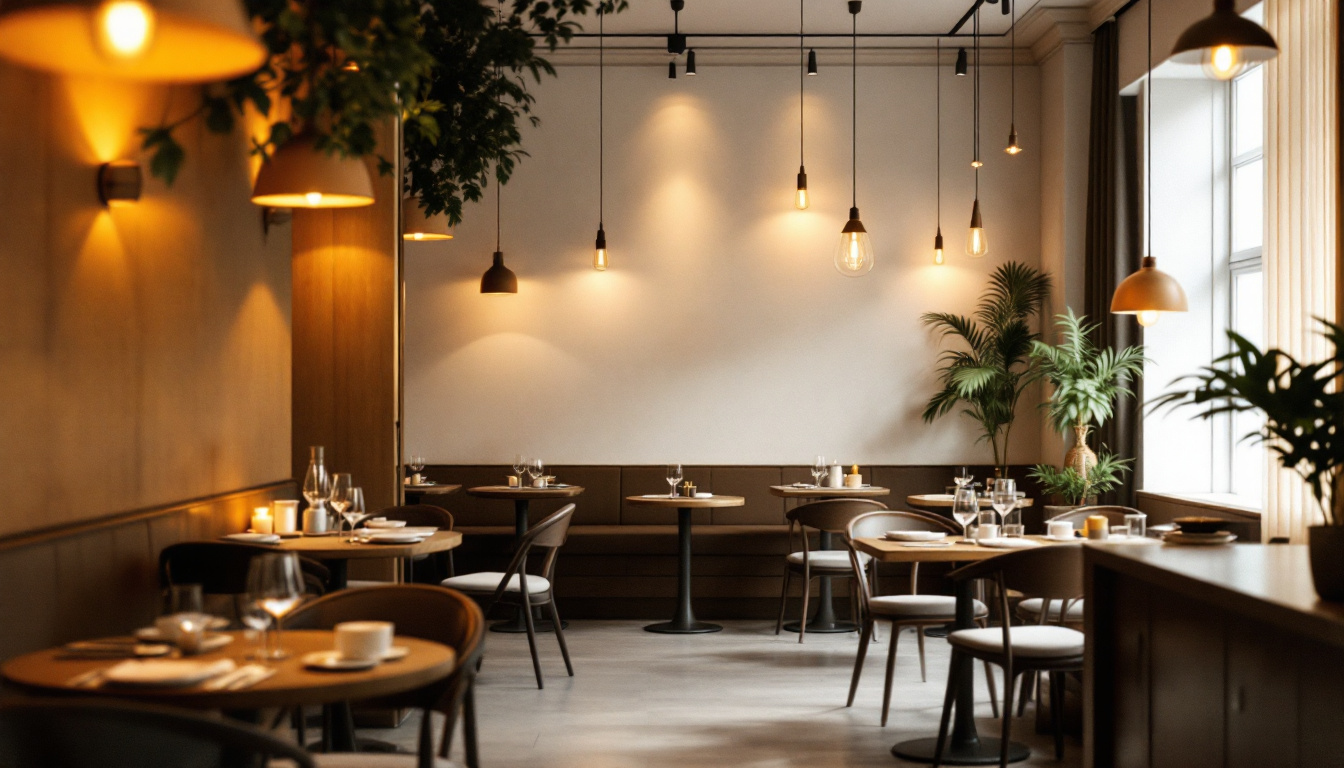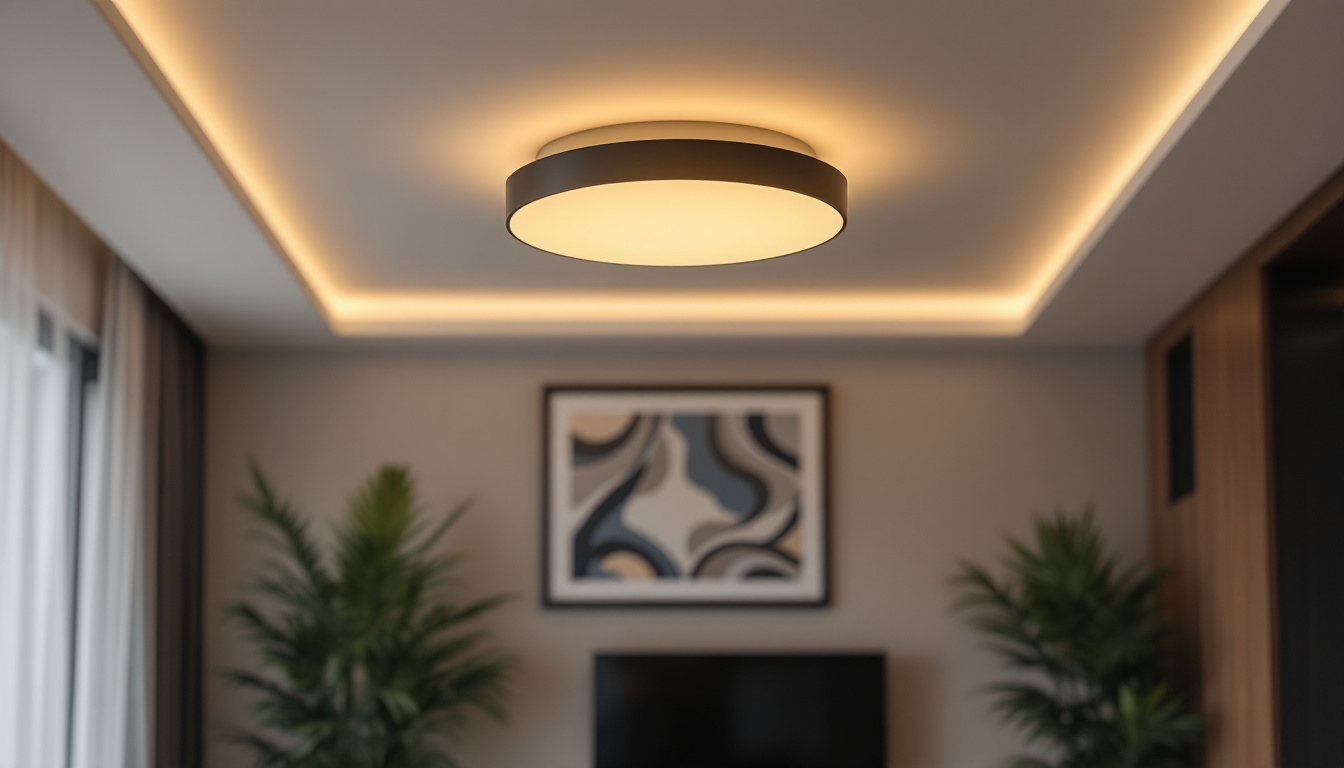
Suspended lighting has become a staple in modern kitchen design, blending functionality with aesthetic appeal. For lighting contractors, recognizing the unique advantages of suspended fixtures in kitchens can open doors to higher-value projects and increased profitability.
Unlike traditional recessed or under-cabinet lighting, suspended lights serve as focal points. They not only illuminate but also define the space, making them a premium choice among homeowners and designers. This dual role means contractors can command higher installation fees and upsell complementary lighting solutions.
Furthermore, kitchens are often the heart of a home, where families gather and entertain. Clients are willing to invest more in lighting that enhances ambiance and usability. Suspended lighting offers a wide range of styles—from minimalist linear pendants to intricate chandeliers—allowing contractors to tailor offerings to diverse budgets and tastes.
In addition to their aesthetic contributions, suspended lights can also enhance the functionality of a kitchen. By strategically placing these fixtures over key areas such as kitchen islands or dining tables, contractors can create zones that cater to various activities, from meal prep to casual dining. This targeted illumination not only improves visibility but also fosters a warm and inviting atmosphere, encouraging families to spend more time together in their kitchens. Moreover, with the rise of smart home technology, many suspended lighting options now come equipped with dimming capabilities and color temperature adjustments, allowing homeowners to customize their lighting according to the time of day or occasion.
Another significant advantage of suspended lighting is its versatility in design. With the current trends leaning towards open-concept living spaces, suspended fixtures can seamlessly transition from the kitchen to adjacent dining or living areas, creating a cohesive look throughout the home. This interconnectedness not only enhances the overall aesthetic but also adds value to the property, making it an attractive option for potential buyers. As homeowners increasingly seek unique and personalized touches in their spaces, contractors who can offer customized suspended lighting solutions are likely to stand out in a competitive market.
Profitability begins with selecting fixtures that appeal to clients while ensuring ease of installation and durability. High-end, designer fixtures can yield substantial margins but may require more precise installation and coordination with other trades. On the other hand, mid-range options often offer a balance of style and cost-efficiency, allowing contractors to maintain competitive pricing without sacrificing quality.
Contractors should consider the kitchen’s size, ceiling height, and layout when recommending fixtures. For example, a large island benefits from multiple smaller pendants spaced evenly, while a compact kitchen may be better suited to a single linear suspension. Offering expert advice on fixture placement and scale positions contractors as trusted consultants, encouraging clients to invest confidently. Additionally, understanding the overall design aesthetic of the space is crucial; whether the client leans towards a modern, industrial, or farmhouse style, the right fixture can serve as a focal point that enhances the kitchen’s character. By staying updated on current design trends, contractors can suggest innovative solutions that resonate with clients’ visions, ultimately leading to higher satisfaction and repeat business.
Energy-efficient LED suspended lights are not only attractive to environmentally conscious clients but also reduce long-term operational costs. Incorporating smart lighting options—such as dimmable features and app-controlled settings—adds value and differentiates a contractor’s service. These features can justify premium pricing, especially when paired with professional installation and programming. Furthermore, the integration of smart technology can enhance the overall user experience, allowing clients to customize their lighting based on mood or activity, whether it’s bright illumination for meal prep or softer tones for entertaining guests.
Moreover, the use of smart lighting can contribute to energy savings through automated scheduling and motion sensors, which turn lights off when not in use. This not only appeals to budget-conscious clients looking to reduce their electricity bills but also aligns with a growing trend towards sustainability in home design. By educating clients on the benefits of these advanced features, contractors can position themselves as forward-thinking professionals who prioritize both innovation and environmental responsibility, creating a compelling case for the investment in higher-quality fixtures.
Installation time directly impacts profitability. Contractors who optimize their workflow by pre-planning mounting points, wiring routes, and fixture assembly can reduce labor hours and increase project turnover. Using modular or easy-to-install fixtures minimizes on-site challenges, lowering the risk of costly delays or rework. Furthermore, incorporating prefabricated components can significantly cut down on installation time, allowing teams to focus on quality rather than quantity. By investing in these advanced solutions, contractors can not only enhance efficiency but also improve overall project outcomes.
Training crews on best practices specific to suspended lighting—such as secure anchoring and precise height adjustments—ensures quality outcomes and reduces callbacks. A reputation for flawless installations can lead to repeat business and referrals, which are invaluable for sustained profitability. Additionally, fostering a culture of continuous learning among the installation team can empower workers to stay updated on the latest techniques and technologies. This commitment to professional development not only enhances the skill set of the crew but also positions the company as a leader in the industry, attracting more clients who value expertise and reliability.
Laser measuring tools and digital layout software allow contractors to plan installations with pinpoint accuracy. This reduces guesswork and material waste, saving both time and money. Furthermore, integrating Building Information Modeling (BIM) into the planning process can provide a comprehensive visual representation of the project, enabling teams to identify potential issues before they arise. By simulating the installation process digitally, contractors can make informed decisions that enhance both efficiency and effectiveness on-site.
Additionally, documenting installations with photos and notes can streamline communication with clients and designers, preventing misunderstandings that might otherwise result in costly revisions. Utilizing cloud-based project management tools can further enhance collaboration, allowing all stakeholders to access real-time updates and share feedback instantly. This level of transparency not only builds trust with clients but also ensures that everyone involved is aligned with the project’s goals, ultimately leading to smoother operations and improved profitability throughout the installation process.
Suspended lighting often pairs well with other kitchen lighting types such as under-cabinet LEDs, recessed ceiling lights, and accent fixtures. Offering bundled packages that include these elements can increase average project value. Clients appreciate a cohesive lighting plan that addresses both task and ambient needs. For instance, under-cabinet LEDs not only provide essential illumination for food preparation but also enhance the aesthetic appeal of the kitchen by highlighting countertops and backsplashes. By showcasing how these complementary fixtures work in harmony with suspended lighting, contractors can effectively demonstrate the value of a well-rounded lighting scheme.
Contractors can also introduce dimmers, motion sensors, and smart home integrations as add-ons. These features enhance user experience and energy savings, making them attractive upgrades that boost profitability. Smart home technology, in particular, is becoming increasingly popular among homeowners looking for convenience and efficiency. By incorporating smart lighting systems that can be controlled via mobile apps or voice commands, contractors can tap into a growing market trend that appeals to tech-savvy clients. Additionally, educating clients on the benefits of energy-efficient lighting solutions can further incentivize them to invest in these upgrades, leading to a win-win scenario for both parties.
Post-installation services provide a steady revenue stream. Offering maintenance packages—such as periodic cleaning, bulb replacement, and system checks—builds long-term relationships and ensures client satisfaction. These contracts can be positioned as essential for preserving the investment in premium lighting fixtures. Regular maintenance not only prolongs the lifespan of the lighting systems but also helps in maintaining their performance and aesthetic appeal. Clients are often unaware of how dust and grime can diminish the effectiveness of their lighting, making educational outreach an important aspect of the service contract pitch.
Furthermore, contractors can enhance their service offerings by including emergency repair services as part of the maintenance package. This added layer of security can be particularly appealing to clients who rely heavily on their lighting systems for daily activities. By providing a reliable point of contact for urgent issues, contractors can foster trust and loyalty, encouraging clients to renew their contracts year after year. Additionally, offering seasonal check-ups or upgrades aligned with the latest lighting technologies can keep clients engaged and informed, ensuring they feel valued and prioritized in their ongoing relationship with the contractor.
Visual content is powerful. High-quality photos and videos of completed kitchen lighting projects demonstrate craftsmanship and style, attracting discerning clients. Before-and-after shots highlight the transformative effect of suspended lighting, making the value proposition clear.
Testimonials and case studies also build trust. Sharing stories of complex installations or unique design challenges solved by the contractor reinforces expertise and reliability.
Networking with kitchen designers, architects, and builders can lead to steady referrals. Participating in local home shows or trade events increases visibility among potential clients actively planning renovations or new builds.
Online presence matters. A well-designed website with detailed service descriptions, project galleries, and easy contact options encourages inquiries. Social media platforms can be used to share trends, tips, and promotions, keeping the contractor top-of-mind.
Building relationships with reliable suppliers enables contractors to negotiate better pricing on popular fixtures and components. Buying in bulk or consolidating orders can reduce costs further. Keeping an organized inventory prevents over-ordering and minimizes storage expenses.
Investing in ongoing training ensures crews remain efficient and knowledgeable about the latest products and installation techniques. Skilled technicians work faster and produce higher-quality results, reducing waste and enhancing client satisfaction.
Suspended lighting in kitchens offers lighting contractors a lucrative niche. By understanding client needs, selecting the right fixtures, optimizing installation processes, and capitalizing on upselling opportunities, contractors can significantly increase their profit margins.
Marketing expertise and managing costs strategically further enhance profitability. Focusing on quality and client relationships ensures repeat business and referrals, creating a sustainable growth path. With careful planning and execution, kitchen suspended lighting can become a cornerstone of a successful lighting installation business.
Ready to elevate your kitchen suspended lighting installations and boost your bottom line? At LumenWholesale, we’re committed to providing you with the highest quality, spec-grade lighting products at prices that simply can’t be beaten. Say goodbye to the middleman and hello to superior lighting solutions that meet your exacting standards. With our expansive selection and the convenience of free shipping on bulk orders, you’re set to impress your clients with both style and functionality. Don’t settle for less—choose LumenWholesale for Wholesale Lighting at the Best Value and watch your business thrive.

Discover how LED lighting for walls can revolutionize the workflow of lighting contractors by cutting costs and saving time.

Discover how to enhance your restaurant’s ambiance and energy efficiency with expert tips on optimizing lighting.

Discover the essential role of mount ceiling lights in modern lighting installations.

Explore the essential best practices for high-intensity discharge headlights tailored for lighting contractors.